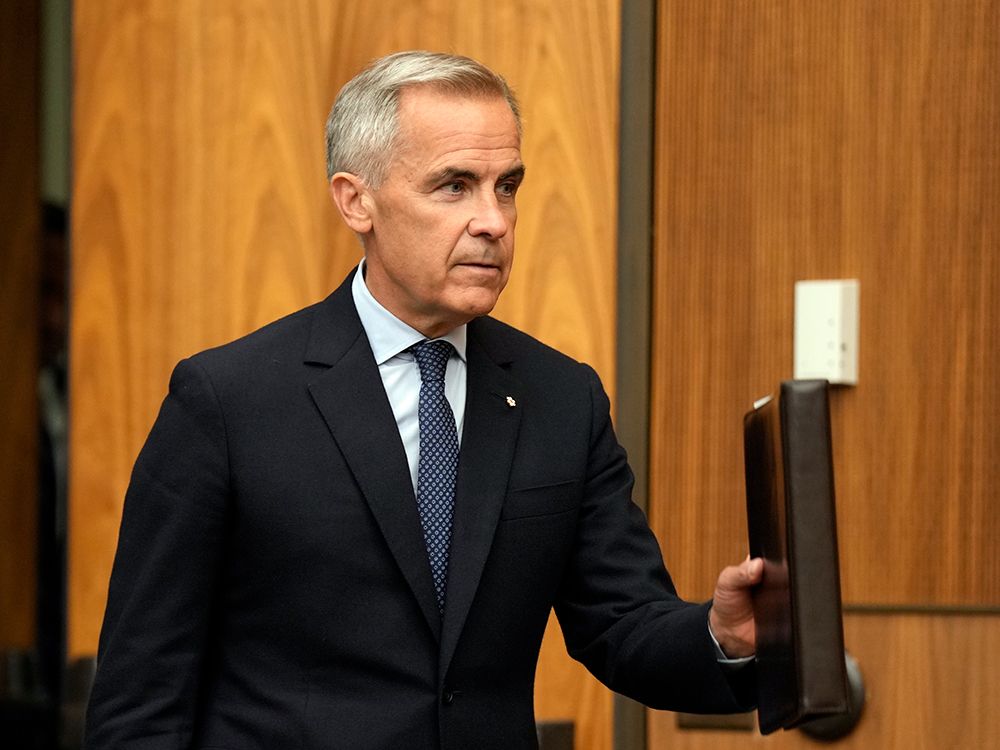
OTTAWA — The federal government’s “comprehensive spending review” is too narrow and won’t save enough tax dollars to put Ottawa back on solid footing, a new report will conclude.
The report, to be released Thursday by the C.D. Howe Institute, says the Carney government’s spending review will only include about one-third of all federal program spending and is expected to save no more than $22 billion by 2028-29. The think tank says that’s less than half the $50 billion in savings that are needed to return federal government coffers to “a fair and prudent path” that would see Ottawa’s debt-to-GDP ratio stop climbing.
The report, called “Federal Expenditure Review: Welcome, But Flawed,” says that the problem with focusing only on limited areas of federal spending is that it reduces the scope for improving the quality of spending and ensures that some programs that endure cuts will be superior to some that aren’t touched.
It’s better to review broadly and eliminate programs that aren’t working well, the report says, instead of across-the-board cuts that don’t assess program success. John Lester, the report’s author, said governments often opt for the across-the-board approach because it’s easier than evaluating countless programs and can realize tangible results more quickly.
“You need some time to evaluate those programs,” said Lester, a former federal government economist, during an interview. “It’s a big job.”
Lester recommends expanding the review to cover the missing two-thirds of program spending, imposing a multi-year cap on operating costs to deliver immediate restraint, and then assessing programs through a value-for-money lens. He also calls for transparent goals and clear communication to build public consensus around the various options.
The government’s spending review follows years of hefty deficits that have left Ottawa and future generations with mountains of debt.
National Post reported last month on an earlier C.D. Howe report that forecasted that the Carney government is poised to post a massive deficit of more than $92 billion during this fiscal year, almost double what was forecast just a few months ago by a non-partisan officer of Parliament.
Just four months ago, the Parliamentary Budget Officer projected that the federal deficit would fall to $50.1 billion during this fiscal year, a slight improvement over the $61.9 billion shortfall recorded in 2023-24. The PBO also said at that time that federal deficits would continue to fall in the ensuring years, unless there were new measures to cut revenue or increase spending.
If this fiscal year’s deficit turns out to be as hefty as projected, it would be the second-largest deficit in Canadian history, topped only by the $327.7 billion shortfall from the pandemic year of 2020-21.
That earlier report also forecasted deficits of more than $77 billion a year over the next four years, also huge increases over what had been expected.
The decline in Ottawa’s fiscal health is largely a result of increased spending on defence and other items, the economic effects of the Trump tariffs, cuts to personal income tax and the GST for first-time homebuyers, and the elimination of the digital services tax.
But the federal government’s fiscal situation is unclear because there hasn’t been a budget in well over a year. The government took the highly unusual step this year of waiting until the fall to release its annual budget, more than half-way through the fiscal year.
National Post
Our website is the place for the latest breaking news, exclusive scoops, longreads and provocative commentary. Please bookmark nationalpost.com and sign up for our daily newsletter, Posted, here.